8 Things to Know Before Upgrading Your Wheels and Tires

There’s no quicker way to transform the look and feel of your ride than adding a new set of wheels and tires.
Whether you’ve got performance on your mind or pure aesthetics, it’s important to know what you’re getting into. From understanding the terminology to understanding the risks involved, we’ve put together this handy guide outlining what you need to know before you buy.
1. Where Rubber Meets Road
All those letters and numbers on the side of the tire? Well, they mean some pretty important stuff. Take a 215/55R16 93H, for example, the smallest tire available on the current-generation Honda Civic sedan. That means the tire has a section width (the distance from sidewall to sidewall) of 215 millimeters, an aspect ratio of 55 (because the sidewall measures 55 percent of the section width), a radial construction (hence the ‘R’) and an interior diameter designed to fit on a 16-inch wheel. The 93 represents the load index, or the amount of weight the tire can support, while the ‘H’ is a speed rating, meaning it’s good for 130 mph.
2. Hub Size Hubbub
When it comes to wheels, it’s about more than just diameter and width, and your vehicle’s bolt pattern can be the difference between wheels that fit and ones that don’t. Sure, a 16-inch wheel with a five-lug bolt pattern may seem simple, but hub sizes vary greatly depending on make and model. Picture the bolt pattern as a circle measured at the center of each wheel stud. A bolt pattern of 5×100, then, would mean five wheel studs with a diameter of 100 millimeters. Make sure you check out this number before you sign the dotted line.
3. Fitting In
So you’ve picked a wheel that matches your ride’s bolt pattern, but what about fitment? This is where offset and backspacing come into play. The former means the distance from the dead center of the wheel to the mounting surface, while the latter means the distance from the back of the wheel to the mounting surface. A higher offset puts the mounting surface closer to the outside edge of the wheel, allowing the wheel to sit further inside the wheel well. This means more clearance between the outside edge of the tire and the fender, but less clearance between the inside edge of the tire and your vehicle’s suspension components. A lower offset, then, puts the mounting surface closer to the inside edge of the wheel, pushing the wheel outward for a wider stance. This, of course, means the potential for fender rub, which you don’t want because it will reduce the life of your tire.
Backspacing, meanwhile, is measured from the back of the wheel to the mounting surface. Similarly to offset, more backspacing means the wheel is tucked further into the wheel well and closer to the suspension components, increasing the risk of rubbing, while less backspacing means the wheel has more inside clearance.
Simply put, different cars have different offsets and you have to be aware of that before you buy wheels.
4. On the Plus Side
Plus-sizing — adding a wheelset that’s larger than stock — is a popular way to go, and has its pros and cons, namely more grip or a sportier/more luxurious look with the cost of a slightly rougher ride. When plus-sizing, from a 16- to 17-inch wheel, for example, the wheel diameter increases by an inch, but the overall diameter of the tire remains the same, meaning a shorter sidewall. A larger wheel diameter also means a larger wheel width, usually in half-inch increments, meaning a larger section width. The combination of a larger section width and shorter sidewall means a lower aspect ratio. In the example of our Civic, the tire measurement would grow to 225/45R17 from the stock 215/55R16, with the 17-inch wheel measuring a half-inch larger than the stock 16-inch wheel.
5. Size Matters
…When it comes to price, that is. As the diameter of the wheel increases, so does the price, though generally in manageable increments. Where the move to a larger wheelset really sneaks up on your wallet is when it comes to tires. Unlike wheels, tires can cost a great deal as the size increases, easily pushing beyond $500 a tire, depending on make and model.
6. Don’t Cheap Out
It may be tempting to buy a new set of rims for $400, but buyer beware of poor construction. No one wants a cracked, bent or broken rim — or the damage it can cause to the rest of your vehicle — regardless of how enticing the price may be. There’s a fine line between bargain and bust, so choose carefully, because you often get what you pay for.
7. Used and Abused
The used market can be a great and cost-effective place to find wheels and tires, but it’s also an easy way for someone to dump damaged or stolen goods on you. Inspect wheels for cracks and bends and tires for excessive wear, punctures, and patches.
8. Choose Wisely
Those forged wheels wrapped in super grippy Michelin Pilot Sport Cup 2 tires may get your heart racing, but are they worth bolting onto your Nissan Altima? There are plenty of great options out there to suit every need, so don’t make an expensive decision in haste and make sure to buy what you need, not what you want.

Dan is AutoGuide.com's Road Test Editor, a long-suffering Buffalo Bills fan, and a car guy since childhood. He enjoys long walks on the beach and long drives just about anywhere the road, track or trail will take him. You'll see him driving around evaluating cars and in front of a camera talking about them. Dan is a member of the World Car of the Year jury.
More by Dan Ilika



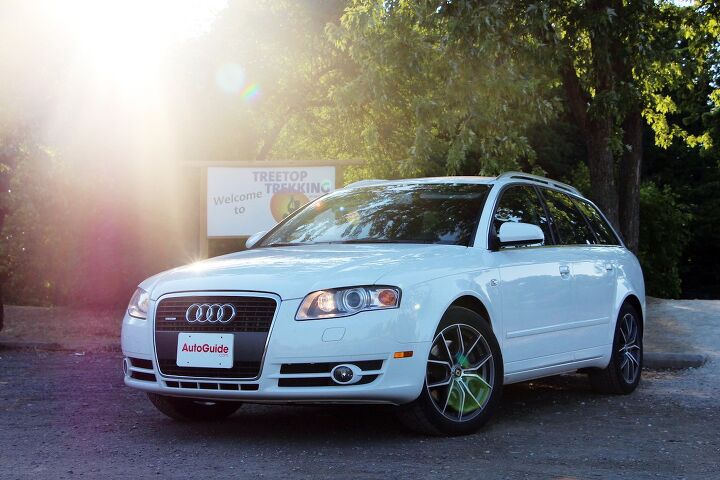
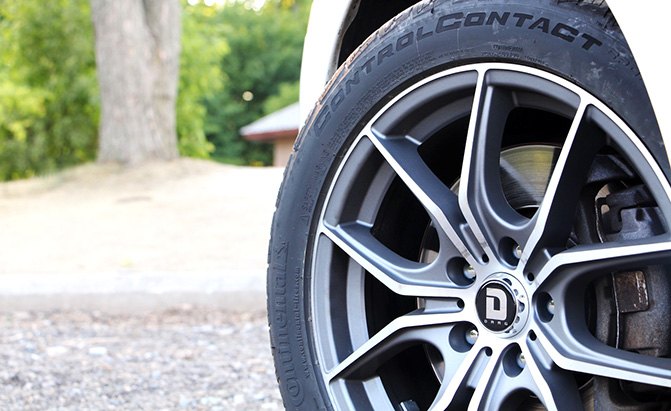




















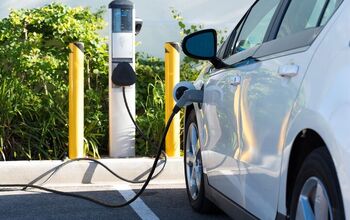
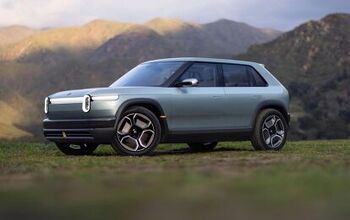
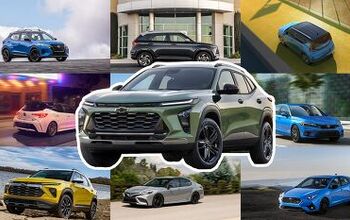
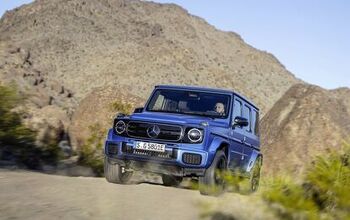
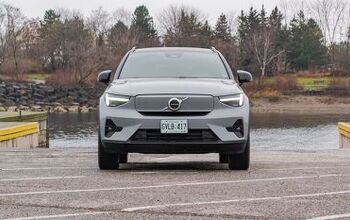
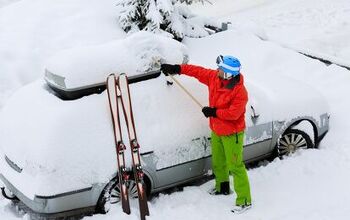



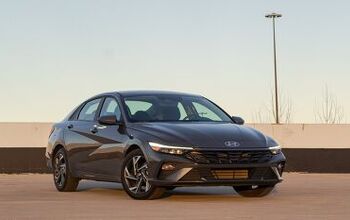
Comments
Join the conversation
In motorcycling they found out that 16 1/2" is the perfect rim size for combining acceleration and handling. When you go larger your cornering increases but acceleration decreases. Vice versa for smaller rims. Also remember that for every pound of un-sprung weight you drop, that is approximately the same as losing/ gaining 4 pounds of sprung weight. So the next time you think about adding giant wheels and tires that add 10 to 20 pounds per corner, keep in mind about what you are actually losing in return.
I just bought a set of Firestone, yeah who would of thunk it Firehawk Indy 500 for a 12 Charger SXT Plus with the Blacktop Package.In Canada tires they were over 1K. I was considering the new Michelin Pilot Sport 4S but reasoned I am not tracking or spending most of my driving in a mode to really take advantage of it. The stock Firestone Firehawk GT were not bad and gave me 50K miles and since they are on their way out they are available for around $650 installed and the miser in me was tempted but decided it is a waste not to see what kind of improvement can be had just with a better tire and that getting a replacement could be an issue down the road.